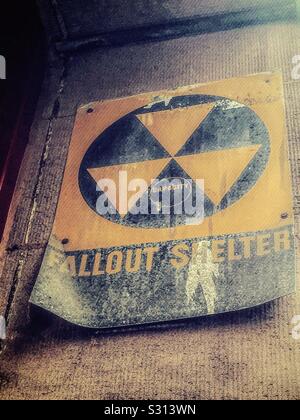

We could survive nuclear war intact, the government swore. But shelters like this, plans like this, provided psychological cover for the government's planning. And even if it did, the life would have been spartan, as you can see. This fallout shelter - or the many constructed by private citizens - might not have worked to protect people. The Library of Congress calls the buildings, "exceptionally important examples of the architecture of the Cold War."

Above, you see one of these shelters, which could have housed 100 people in the event of an attack. That meant creating fallout shelters for those people.

MIT and IBM were both heavily involved in the construction of SAGE and, in some sense, it was an important precursor to the networks that became the Internet.ĭespite the electronics, SAGE required people to actually operate the system and respond to any threats it might detect.


 0 kommentar(er)
0 kommentar(er)
